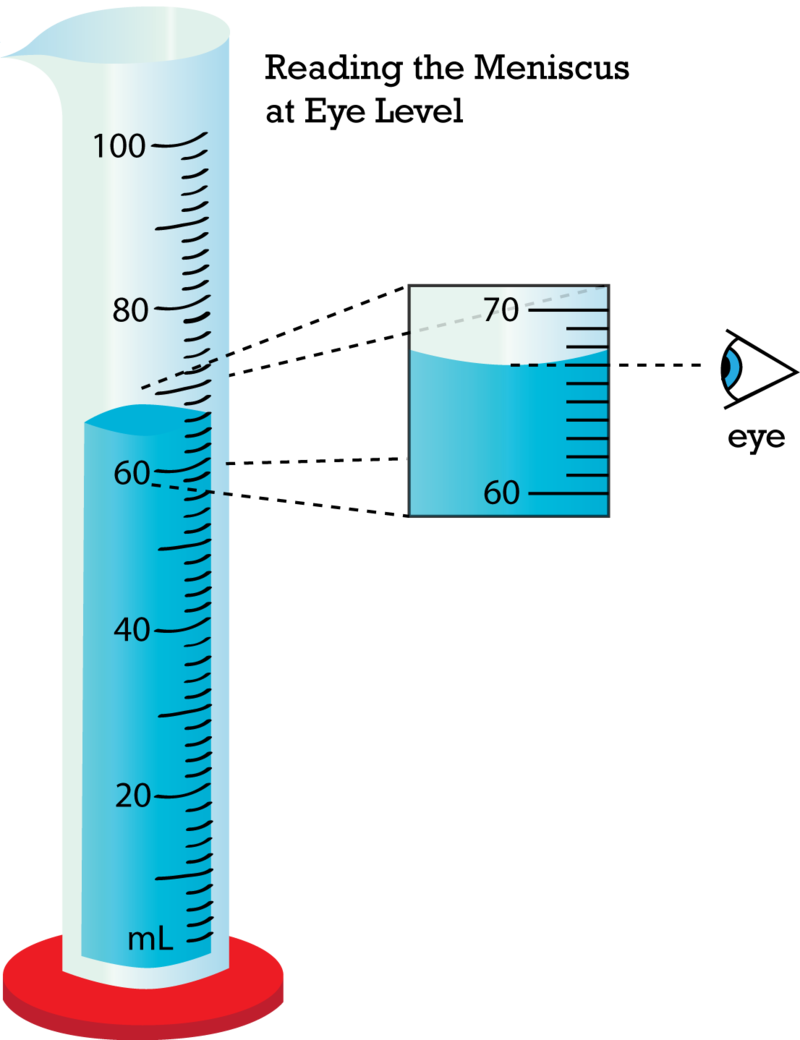
Updated 11/11/18
I modified this lab to use metal cubes and rectangular prisms and had the students identify the metals and some of the blocks from Flinn.
- Updated Google Sheets – this will do all the calculations for you once you enter the measurements
- Updated Google Doc – this is the handout I used with this lesson
Materials:
- Flinn Scientfic Block set (link) & Resources/Handout (pdf)
- Metal blocks set – iron, aluminum, brass, steel, zinc, & copper
- Ruler
- Calculator
- Triple Beam Balance
- Worksheet to collect data (pdf)
For this activity, I used the set of density blocks from Flinn Scientific. Each group of students had 6 blocks made of the same material. Their challenge was to identify the material using their measurement skills to calculate the mass, volume, and density of each block. This activity also reinforced the concept that the density of an object is constant.



